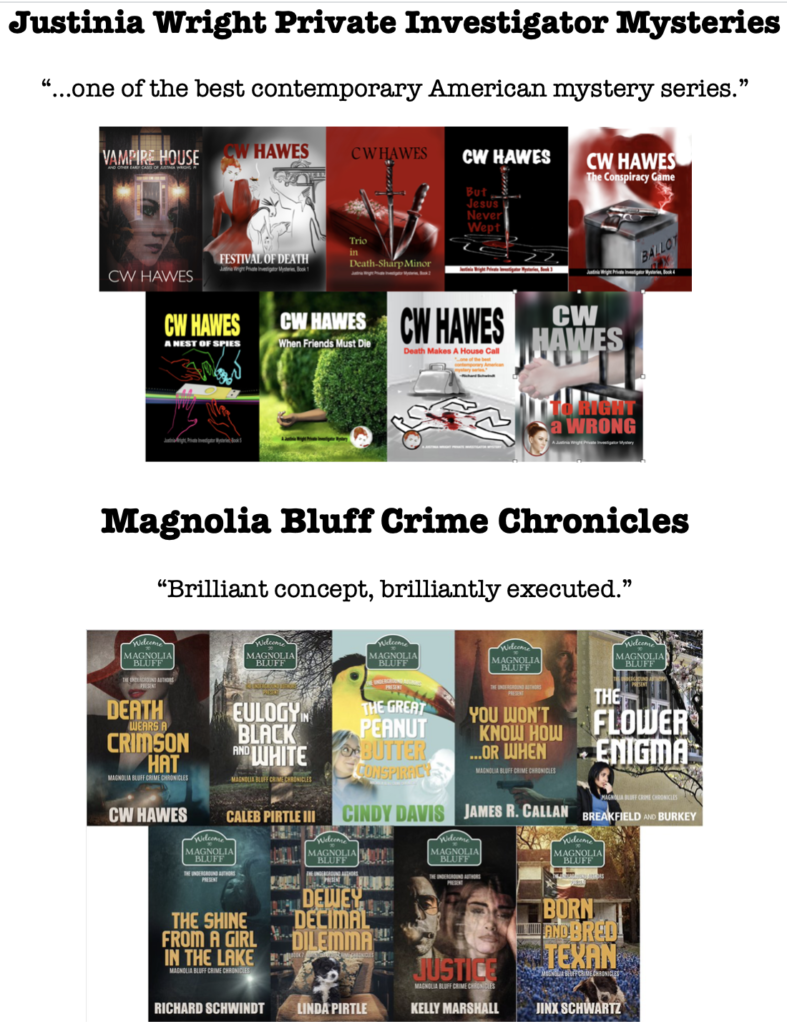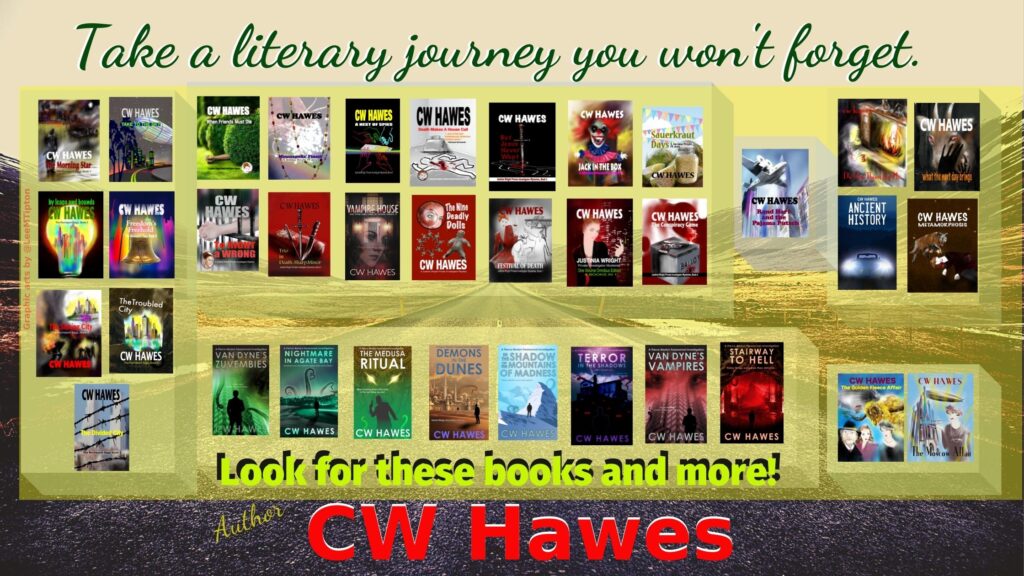When it comes to social media, Twitter is my go-to platform. It is simple and easy to use.
I do not like Facebook. I have encountered far more nasty people on Facebook, than I have on Twitter. So that is a huge turn off right there.
Secondarily, though, I just don’t care for the presentation of Facebook. It comes off as clunky and a bit antiquated to my mind. Not as bad as GoodReads, which is the absolute worst IMO, but clunky nonetheless.
Nevertheless, I do maintain a presence on Facebook. Mostly because it is a giant among social media platforms. The same reason why I have my books on Amazon, even though I don’t like the company.
The other day, I got thinking about the effectiveness of all the tweeting and FB posting that I do. Is it worth my time? Am I getting any bang for my buck? Buck, in this case, being time investment.
Tooling around the great World Wide Web, looking for an answer, I found the website of ScottGraffius.com — and made the discovery of social media half-life. Read the article: https://scottgraffius.com/blog/files/social-2023.html
In case you’re wondering what this half-life thing is, here’s a definition:
Half-life is the time it takes for a piece of content to receive half of the total number of engagements that it will ever receive.
For social media posts this is the time it takes for the post to receive half of the attention it is ever going to get.
Tweets get buried pretty quickly in the newsfeed.
So it is not surprising to me that half of all potential readers will see my tweet within 24 minutes after I’ve posted it. And 50 minutes later — that tweet is gone from the newsfeed.
Which means, that my once a day appearance on Twitter is probably a waste of time. My tweets have all vanished by the time I leave the site for the day.
Of course, they are there should anyone look at my personal Twitter page. And people obviously do go there, because my pinned tweet is re-tweeted. Nevertheless, unless picked up by someone else, after 50 minutes that retweet is gone.
So if you do not have a large number of people retweeting your tweet throughout the day — it is gone within 50 minutes after you’ve posted it.
Facebook has a longer half-life: 1.75 hours for a post. However, there are some who think FB nukes your post from the newsfeed after 2 hours. Which means an FB post may only have a 2 hour lifespan, instead of 3.5.
Of course, the post will still be on your profile or page should anyone go there — but how many do? That, my friends, is a good question.
From the little that I’ve talked with folks about their FB habits, I’d say nearly everyone just looks at their newsfeed.
Also on FB is the “problem” that I get very few, if any, shares. A like is fine, but a share will extend the post’s lifespan. No shares and I’d say posting is next to worthless.
So what can we take away from this half-life info?
I haven’t come to any definite conclusions. However, initially, I think I have to agree with the gurus that using social media to sell books is pretty much a waste of time. The ROI is way too low.
It wasn’t always that way for me. Twitter did result in sales. But, alas, no more. Nothing but crickets for the past couple of years.
As an experiment, this past Sunday I tweeted every 24 minutes for half the day a book I had on sale for 99¢. And on FB, I posted every 1.75 hours for the same book for half the day.
The result? I sold one, that is 1, copy. All that time investment (4 or 5 hours), and I made 35¢. I’d say it wasn’t worth it.
I do have 2 auto-tweet platforms that I use. But they won’t tweet more than every hour. Which might work. I may give it a test run.
But is all of this time investment worth what will probably be a minuscule ROI?
Once set up, the auto-tweeters will run on their own. But I do have to set them up and periodically change the books. And hopefully avoid Twitter shutting me down for spamming.
Yesterday, Monday, I conducted another half-day test on a full-price book. The result? Nothing. Nada. Zilch. No sales.
So I probably have my answer. Tweeting and FB posting don’t drive sales. Or any significant amount of sales.
Now something to think about is this: a YouTube post has a half-life of 8.8 days. And the average half-life of a blogpost is 2 years.
There are those who argue that blogging is dead. Perhaps it is. But if it is, there are millions of folks who haven’t gotten the news.
So what if I combined blogging with vlogging? That might end up being the best combo. It is something to think about.
And maybe the best of all possible worlds is building an active fan base on my mailing list. But that’s a thought for another post.
Want I do know is this: Twitter and Facebook take up at least a couple hours of my day — and I am only on each platform once a day! For all that activity what are my sales? Zilch. Nada. Zip. Zero.
The one advantage, and probably the best advantage, lies not in selling — but in all of the good people I’ve met. And it’s pretty difficult to put a price tag on them.
Comments are always welcome! And until next time, happy reading!
 CW Hawes is a playwright, award-winning poet, and a fictioneer, with a bestselling novel. He’s also an armchair philosopher, political theorist, social commentator, and traveler. He loves a good cup of tea and agrees that everything’s better with pizza.
CW Hawes is a playwright, award-winning poet, and a fictioneer, with a bestselling novel. He’s also an armchair philosopher, political theorist, social commentator, and traveler. He loves a good cup of tea and agrees that everything’s better with pizza.
If you enjoyed this post, please consider buying me a cup of tea. Thanks! PayPal.me/CWHawes
Justinia Wright Private Investigator Mysteries on Amazon!
Magnolia Bluff Crime Chronicles on Amazon!
Share This!


